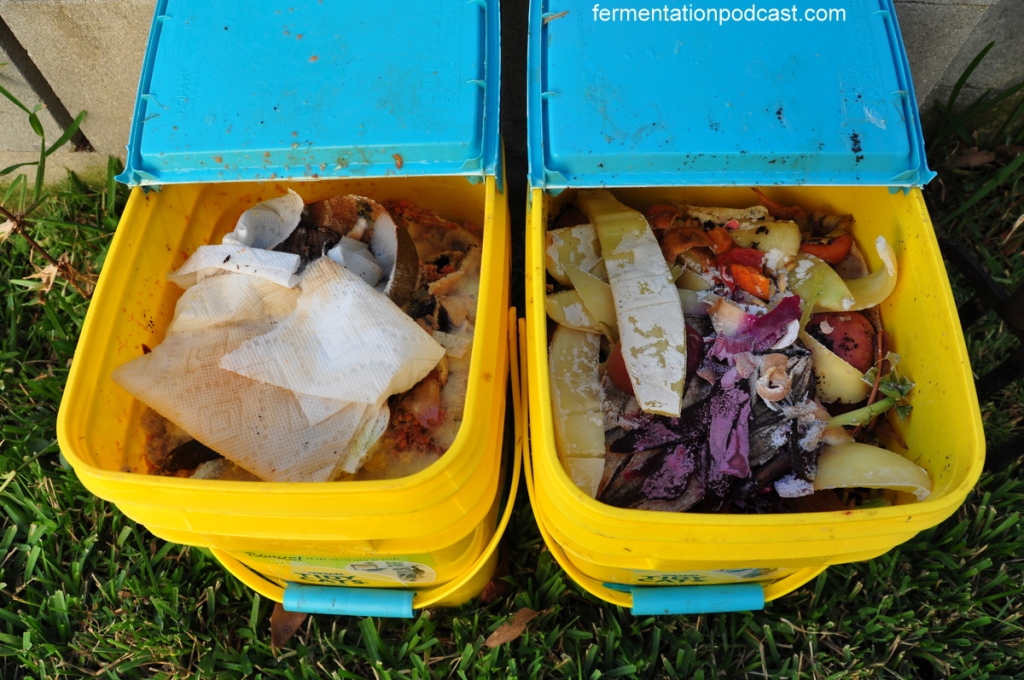Interview with an Expert: Exploring the Role of Fermentation in Composting
Introduction:
Welcome to our exclusive interview with Dr. Sarah Thompson, a renowned expert in composting and sustainable agriculture. Today, we dive deep into the fascinating world of fermentation in composting. Dr. Thompson will provide insights into how fermentation enhances the composting process and its benefits for rural living and homesteading.
Q1: Thank you for joining us today, Dr. Thompson. Could you explain what fermentation is in the context of composting?
Dr. Thompson: It’s my pleasure to be here! Fermentation is a natural process that occurs when beneficial microorganisms break down organic matter without oxygen present – a process known as anaerobic decomposition. In composting, this happens when certain materials are added to the pile that promote the growth of anaerobic bacteria.
Q2: How does fermentation differ from traditional aerobic composting?
Dr. Thompson: Traditional aerobic composting relies on oxygen-loving microorganisms (aerobes) to break down organic material through oxidation processes. This method requires turning or aerating the pile regularly to maintain proper airflow and ensure optimal conditions for these aerobic microbes.
In contrast, fermentation occurs without introducing air into the mix, allowing different groups of bacteria and fungi to dominate within an anaerobic environment.
Q3: What types of organic materials are suitable for fermentative composting?
Dr. Thompson: Fermentative composting works best with high-carbon materials rich in sugars and starches that fuel microbial activity during anaerobic breakdown.
Examples include kitchen scraps such as fruit peels, vegetable trimmings, coffee grounds; livestock manure; spent grains from breweries or distilleries; spoiled hay or straw; discarded bread products; and leafy green waste like grass clippings.
It’s crucial not to overwhelm your pile with excessive amounts of protein-rich materials like meat or dairy products since they can lead to foul odors and attract pests.
Q4: How do you create a fermentative compost pile?
Dr. Thompson: To make a successful fermentative compost pile, layer your organic materials just like in traditional composting. However, aim for smaller piles (around 3 feet high) to facilitate anaerobic conditions and ensure proper fermentation.
It’s essential to maintain the right moisture level – about 50-60% – throughout the pile. Excessive dryness can slow down fermentation, while excessive wetness may promote putrefaction instead of beneficial fermentation.
Q5: Are there any specific techniques or additives that aid in promoting fermentation?
Dr. Thompson: Absolutely! One technique is inoculating your compost with effective microorganisms (EM). EM are a mix of beneficial bacteria, yeast, and fungi that accelerate decomposition processes by outcompeting harmful microbes. You can purchase EM products or even cultivate them from fermented foods like sauerkraut brine or sourdough starter.
Another option is using biochar as an additive. Biochar acts as a microbial habitat, providing shelter for anaerobic organisms while absorbing excess moisture and preventing putrefaction.
Q6: What are the benefits of fermentative composting for rural living and homesteading?
Dr. Thompson: Fermentation offers several advantages for those living in rural areas or running homesteads:
1) Odor control: Fermentative composting minimizes unpleasant odors commonly associated with aerobic composting methods.
2) Space efficiency: Smaller piles mean less space required compared to traditional aerobic methods.
3) Lower maintenance requirements: By eliminating the need for regular turning or aerating, fermentative composting reduces labor involvement.
4) Increased nutrient retention: Anaerobic breakdown preserves more nutrients within the final product than aerobic decomposition.
5) Soil health improvement: The resulting fermented compost enriches soil biology by introducing diverse microbial communities.
Q7: Are there any challenges or potential downsides to fermentative composting?
Dr. Thompson: While fermentative composting is a fantastic option, it’s important to address some potential challenges. The main concern relates to methane production – an effect of anaerobic decomposition that contributes to greenhouse gas emissions. However, this can be mitigated by proper management techniques like covering the pile with a tarp or using closed containers.
Another challenge involves achieving consistent results due to variations in temperature and moisture levels within the pile. Monitoring these factors regularly helps maintain optimal conditions for fermentation.
Q8: Can fermented compost be used directly on plants, or is it necessary to further process it?
Dr. Thompson: Fermented compost can indeed be used directly on plants after undergoing one more step – maturation. This involves transferring the fermented material into an aerobic environment and allowing oxygen-loving microorganisms to complete the breakdown process over time.
Maturation typically takes around 4-6 weeks, during which you should turn the pile occasionally for proper aeration. The resulting matured compost is dark, crumbly, and ready for application without causing any harm or stress to your plants.
Conclusion:
Thank you so much, Dr. Sarah Thompson, for sharing your insights into fermentation in composting today! We’ve learned how this anaerobic process enhances organic waste breakdown while offering several benefits such as odor control and nutrient retention for rural living and homesteading enthusiasts.
By incorporating fermentative methods into their composting practices, readers can take significant steps toward sustainable agriculture while improving soil health and reducing waste in their communities.


Leave a comment